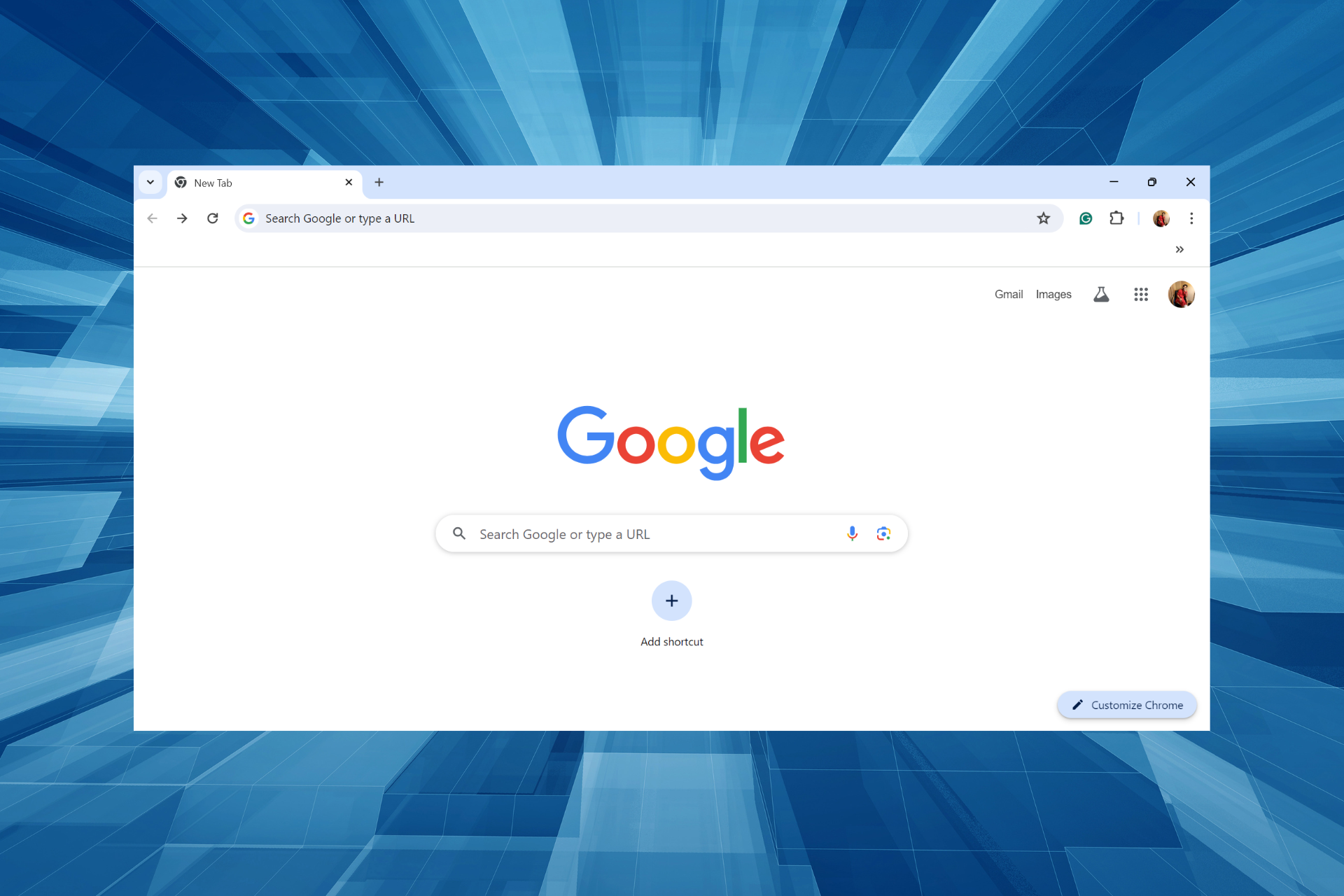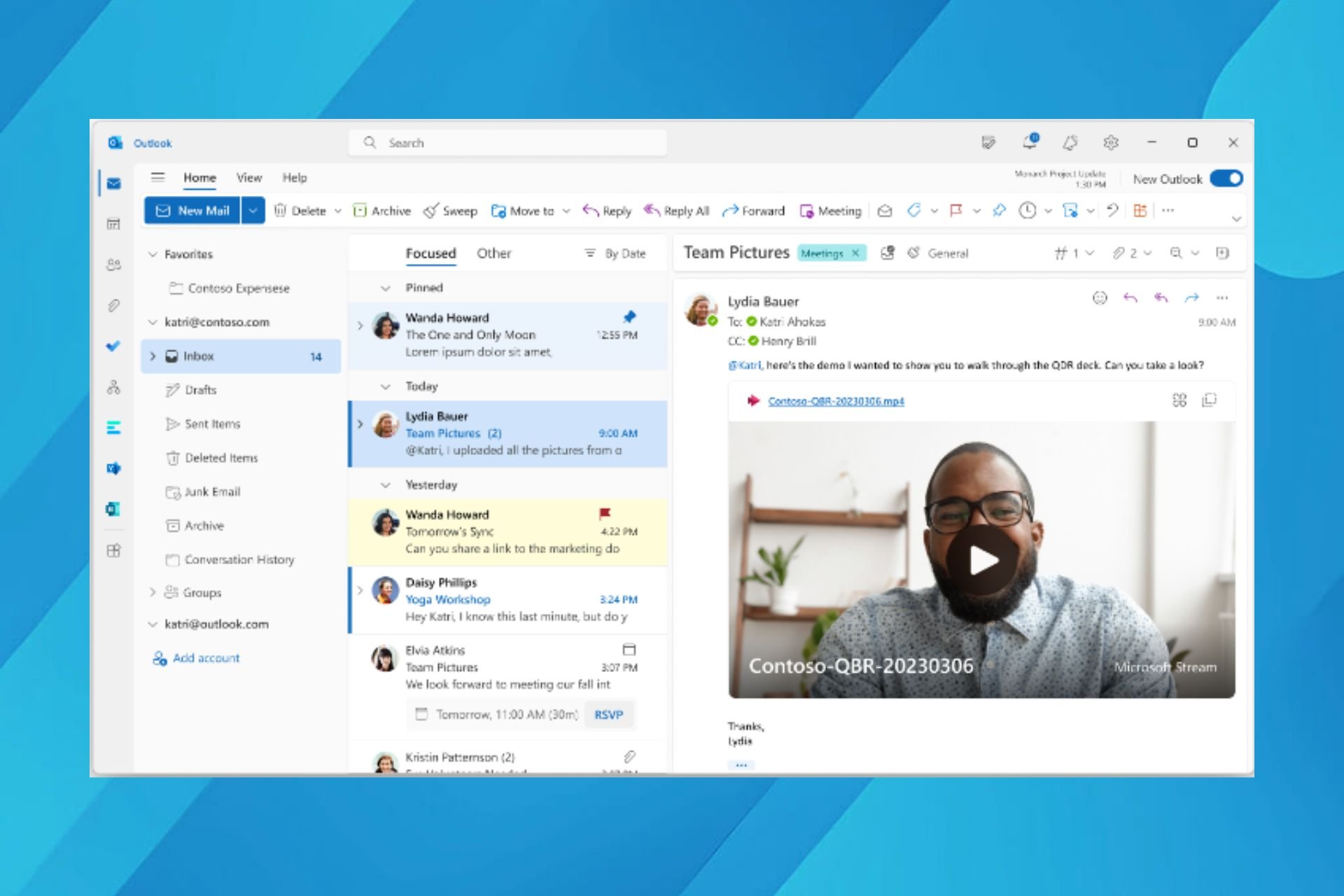Microsoft makes privacy changes to its Productivity Score software as concerns arise
3 min. read
Published on
Read our disclosure page to find out how can you help Windows Report sustain the editorial team Read more

In this heightened work-from-home environment, some companies are looking for optimization techniques and tools to stave off would-be extemporaneous employee distractions and Microsoft’s Productivity Score would seem like an ideal solution.
However, the MPS tool has recently come under heavy criticism by privacy advocates claiming the software is a “full-fledged workplace surveillance tool.”
Privacy concerns arose when as Austria-based digital rights researcher Christie Wolfie determined that the MPS feature of Microsoft 365 is essentially a work monitoring tool. By utilizing scores across communication, content collaboration, network connectivity, meetings, Microsoft 365 App health, etc to rank employee productivity admins are privy to a ton of triangulating data about employee behavior that arguably crosses privacy thresholds.
Wolfie’s argument gathers further steam when examining the granular level of specificity MPS offers IT and Microsoft 365 Admins, down to how many days an individual employee has sent emails, used chat the chat, used ‘mentions’ in email, etc.
Employers/managers can analyze employee activities at the individual level (!), for example, the number of days an employee has been sending emails, using the chat, using 'mentions' in emails etc.
Microsoft promo video:https://t.co/68sCJaFs9f
Via Heise:https://t.co/hklmHtbF75 pic.twitter.com/Fabgi6koTN
— Wolfie Christl (@WolfieChristl) November 24, 2020
Today, Microsoft attempted to fend off mounting concern over MPS with corporate VP for Microsoft 365 Jared Spataro issuing a press release stating upcoming changes to Productivity Score.
At Microsoft, we believe that data-driven insights are crucial to empowering people and organizations to achieve more. We also believe that privacy is a human right, and we’re deeply committed to the privacy of every person who uses our products. As part of that commitment, we’re making the following changes to Productivity Score:
- First, we’re removing user names from the product. During the preview, we added a feature that showed end-user names and associated actions over a 28-day period. In response to feedback over the last week, we’re removing that feature entirely. Going forward, the communications, meetings, content collaboration, teamwork, and mobility measures in Productivity Score will only aggregate data at the organization level—providing a clear measure of organization-level adoption of key features. No one in the organization will be able to use Productivity Score to access data about how an individual user is using apps and services in Microsoft 365.
- Second, we’re modifying the user interface to make it clearer that Productivity Score is a measure of organizational adoption of technology—and not individual user behavior. Over the last few days, we’ve realized that there was some confusion about the capabilities of the product. Productivity Score produces a score for the organization and was never designed to score individual users. We’ll make that clearer in the user interface and improve our privacy disclosures in the product to ensure that IT admins know exactly what we do and don’t track.
Spataro also highlights that Microsoft 365 App health, network connectivity, and endpoint analytics – do not include user name as an order or precaution and employee privacy. Ultimately, the service looks to perform very similarly to its October debut, with the aforementioned changes. Microsoft continues to stress its data-driven modus operands as it places most of the responsibility on the employer and how much of its analytics gathering it utilizes and for what purposes.








